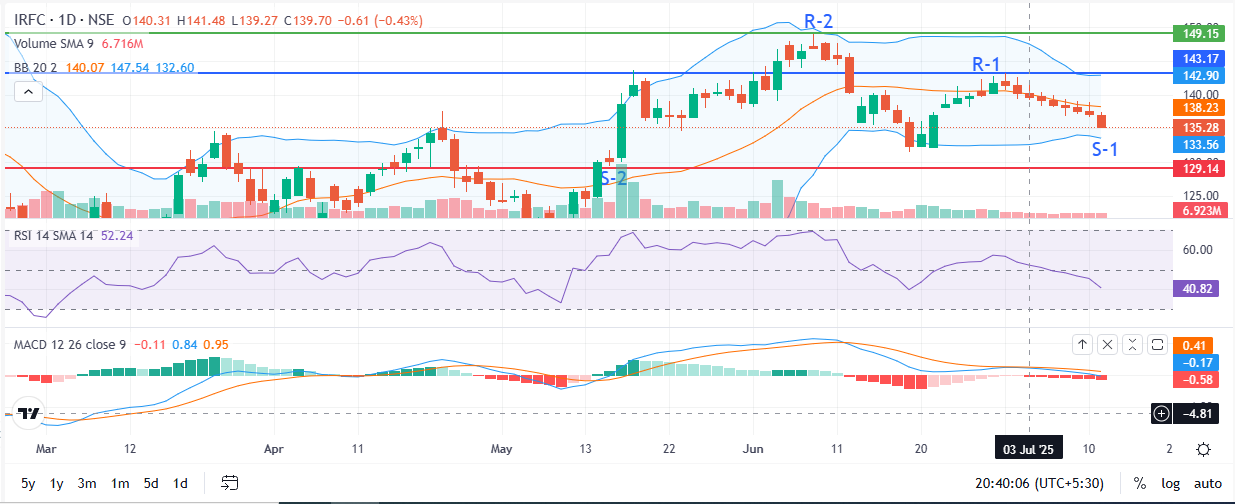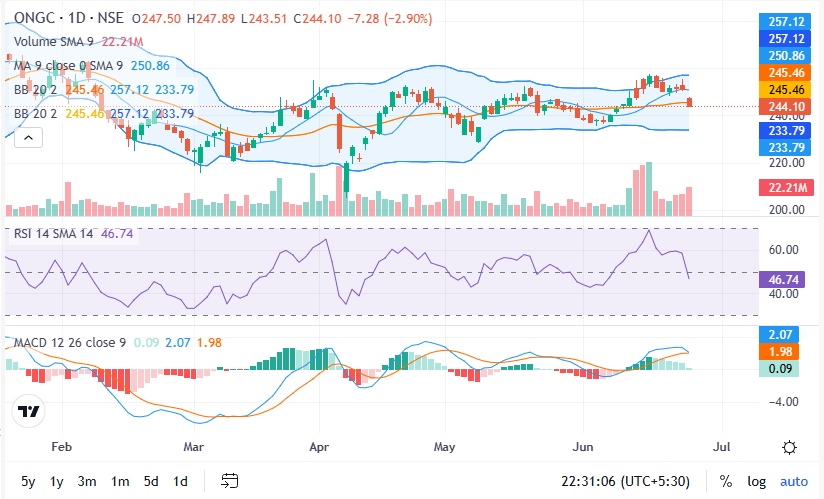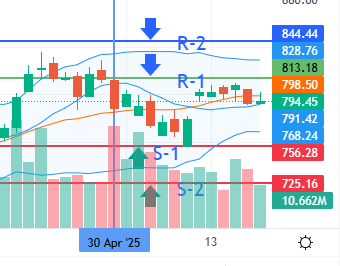India’s stock market continues to rise at one of the quickest rates in the world in 2025. More people are getting involved in investing because of growing financial literacy and easier access to digital resources. This book will cover all you need to know to get started on the correct track if you’re a novice wishing to learn more about equity shares and expand your knowledge of finance.
1. Recognize the Fundamentals of the Stock Market
Knowing what the stock market is and how it functions is essential before investing in any stocks. The National Stock Exchange (NSE) and the Bombay Stock Exchange (BSE) are India’s two main stock exchanges. To raise money, businesses offer their equity shares on these markets. You can purchase these shares as an investor to acquire a stake in these companies.
2. Establish Specific Financial Objectives
Each investment must be linked to a certain objective. Are you investing in retirement, long-term wealth, short-term gains, or a particular financial objective like home ownership? The type of stocks or ETFs you should look at will depend on your time horizon and risk tolerance.
Short-term objectives: one to three years (e.g., saving for a car or vacation)
Long-term objectives: more than five years (e.g., retirement, child’s schooling)
3. Prepare your Demat and KYC accounts.
To start investing in Indian equities, you would require:
The PAN Card
A cellphone number linked to Aadhaar
A bank account
Compliance with KYC (Know Your Customer)
Next, open a trading and demat account with a broker who is registered. Nowadays, a lot of brokers provide smooth online onboarding. Young investors favor platforms such as Groww, Upstox, and Zerodha.
4. Recognize the Various Investment Choices
Stock market participation can be done in several ways:
Purchasing stock directly from firms is known as direct equity. Perfect if you have business analysis skills.
Mutual funds: Professionally managed pools of money. Excellent for those that want to invest passively.
Mutual funds and exchange-traded funds (ETFs) are comparable, but ETFs are exchanged like stocks.
Invest in index funds, such as the Sensex or Nifty 50. Excellent for passive long-term gain.
5. Begin by investing in blue-chip stocks.
It’s a good idea for a new investor to start with blue-chip stocks, which are big, well-established businesses with solid performance histories. These businesses often provide steady earnings and are more stable. They offer a safer learning curve for novices, even though returns might not be as explosive as those of smaller businesses.
6. Acquire the Ability to Interpret Financial Reports
Making wise decisions requires having a solid understanding of a company’s finances. Learn the fundamentals of:
Statement of Profit and Loss
The balance sheet
Statement of Cash Flow
These records aid in determining a company’s profitability, sound financial standing, and rate of expansion.
7. Regulate Your Emotions
Particularly in the near term, the stock market is prone to volatility. Emotional choices can ruin your profits, such as panic selling when the market is down. Never lose sight of your long-term investing objectives.
8. Keep Up to Date but Steer Clear of Noise
Financial news, market analysis, and social media advice are abundant in 2025. Although it’s a good idea to stay current, don’t base your decisions on rumors or unreliable advice. Instead, concentrate on your own research and reliable sources.
9. Spread Out Your Investments
Avoid investing all your money in a single stock or industry. A diverse portfolio balances out losses and lowers risk. For example:
40 percent in large-cap stocks
30% in small- and mid-cap stocks
20% in index or mutual funds
10% in liquid or cash funds
Adapt these ratios to your level of risk tolerance.
10. Employ SIPs to Invest Disciplined
You can invest a set amount in mutual funds or exchange-traded funds (ETFs) on a regular basis with a Systematic Investment Plan (SIP). This lessens the effect of market volatility, averages your purchasing price, and instills discipline.
11. Recognize the Tax Repercussions
Capital gains from equity shares are subject to taxation in India:
15% in short-term capital gains (STCG) if the item is sold within a year.
10% is the Long-Term Capital Gains (LTCG) tax if gains in a fiscal year surpass ₹1 lakh.
When calculating your returns, be sure to take these into consideration.
12. Examine Educational Materials
When it comes to investing, learning never stops. Examine:
Books such as Benjamin Graham’s The Intelligent Investor
courses offered by websites such as NSE Academy or Zerodha Varsity
Podcasts and blogs about finance (such as NexGen Trade)
You will make wiser choices as you gain more knowledge.
13. Steer clear of these typical errors
Timing the market: Pay more attention to the market’s time.
Do your own analysis instead than just following the herd.
Ignoring risk: Never make an investment with funds you cannot afford to lose.
Pursuing returns: Generally speaking, more returns entail greater risk.
14. Think Big, Start Small
Don’t put off investing until you have a sizable sum. To begin with, even ₹500 to ₹1,000 a month is sufficient. Over time, the force of compounding may turn modest investments into a sizable corpus.
In conclusion
It doesn’t have to be difficult to get started in the Indian stock market in 2025. You may build a solid investing portfolio out of your savings if you have the correct information, patience, and discipline. Never forget that accumulating wealth through equity shares and finance is a journey rather than a race.
Disclaimer:
This is not the advice on investment; rather, it is meant to be educational and informative only. There are risks associated with stock market investment, therefore before making any decisions, readers should conduct independent research or speak with a licensed financial counselor. The author’s thoughts are their own and may not represent those of this blog or its affiliates.




